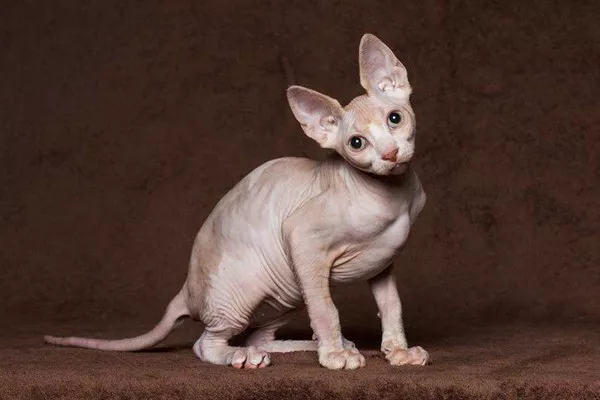Bearded dragons, known for their unique appearance and charming personalities, are popular reptilian companions among pet enthusiasts. To ensure the optimal well-being of these fascinating creatures, it is crucial to provide them with a balanced and nutritious diet. While commercial diets play a significant role, incorporating live plants into their habitat can offer additional benefits. In this comprehensive guide, we will explore the various plants that are not only safe but also beneficial for bearded dragons.
Understanding Bearded Dragons’ Dietary Needs
Before delving into the specific plant options, it’s essential to comprehend the dietary requirements of bearded dragons. These reptiles are omnivores, meaning their diet consists of both animal and plant matter. A balanced diet includes high-quality commercial pellets, insects, and a variety of fresh greens and vegetables. Introducing live plants can contribute to the enrichment of their diet, providing essential vitamins and minerals.
1. Edible Greens for Bearded Dragons
Leafy greens are a staple in a bearded dragon’s diet, offering vital nutrients and hydration. Varieties such as collard greens, mustard greens, and dandelion greens are excellent choices. These greens provide a substantial source of calcium, a crucial component for maintaining healthy bones in bearded dragons.
2. Safe Herbs for Bearded Dragons
Herbs not only add flavor to meals but also contribute to the overall well-being of bearded dragons. Parsley, cilantro, and basil are safe herbs that can be added to their diet. These herbs bring a diverse range of flavors and textures, making mealtime more engaging for your bearded dragon.
3. Nutrient-Rich Vegetables
Incorporating a variety of vegetables into your bearded dragon’s diet ensures they receive a spectrum of nutrients. Bell peppers, squash, and carrots are excellent choices. These vegetables offer a mix of vitamins and antioxidants, promoting a robust immune system in bearded dragons.
4. Bearded Dragons and Succulents
Succulents, known for their hardy nature, can be a unique addition to a bearded dragon’s habitat. However, it’s crucial to choose non-toxic varieties. Aloe vera is a safe succulent that not only adds visual interest to the enclosure but can also be beneficial for your bearded dragon’s skin health.
5. Bearded Dragons and Edible Flowers
Edible flowers provide a burst of color and nutrition to a bearded dragon’s diet. Marigolds, hibiscus, and dandelions are among the safe options. These flowers not only offer a diverse range of nutrients but also stimulate the senses of your bearded dragon.
6. The Importance of Variety
A diverse diet is key to ensuring that your bearded dragon receives a broad spectrum of nutrients. Rotating the types of plants you offer helps prevent dietary deficiencies and encourages a healthy appetite. By providing a mix of greens, vegetables, and herbs, you can create a well-rounded and enticing menu for your bearded dragon.
See Also: What Can Bearded Dragons Eat And Not Eat?
7. Monitoring and Introducing New Plants
When introducing new plants to your bearded dragon’s diet, it’s crucial to monitor their response. Some dragons may be more selective in their preferences, while others may readily accept new additions. Gradually introduce new plants to avoid digestive issues, and observe how your bearded dragon reacts to each type.
8. Avoiding Toxic Plants
While many plants are safe for bearded dragons, it’s essential to be aware of toxic varieties. Some common household plants, such as philodendrons and pothos, can be harmful to these reptiles. Always research and confirm the safety of a plant before introducing it to your bearded dragon’s environment.
9. Benefits of Live Plants for Bearded Dragons
In addition to providing essential nutrients, live plants offer enrichment and mental stimulation for bearded dragons. They can explore different textures, colors, and tastes, promoting physical and mental well-being. The act of foraging for live plants also mimics their natural behavior in the wild, creating a more fulfilling environment.
Conclusion
In conclusion, incorporating live plants into the diet of bearded dragons can significantly enhance their overall health and well-being. From leafy greens to succulents and edible flowers, a diverse and well-researched selection of plants can create a nutritious and engaging menu for these captivating reptiles. By understanding their dietary needs, introducing a variety of safe plants, and monitoring their response, you can contribute to the longevity and happiness of your bearded dragon companion.
Related Topics:
Feeding Schedule of Bearded Dragons: Understanding the Dietary Needs
Understanding Bearded Dragons: Do They Enjoy Snuggling?
Do Bearded Dragons Play With Toys
























